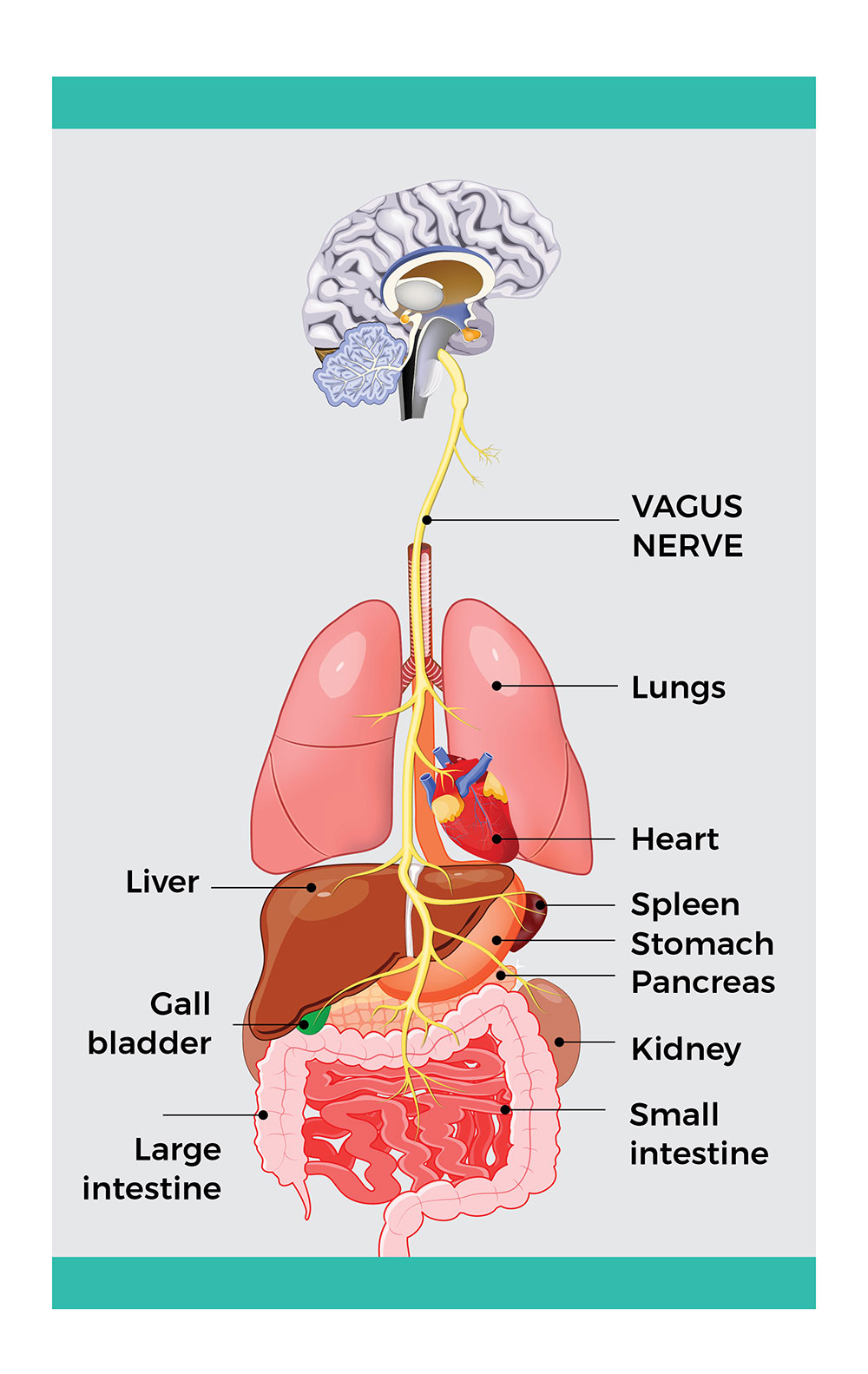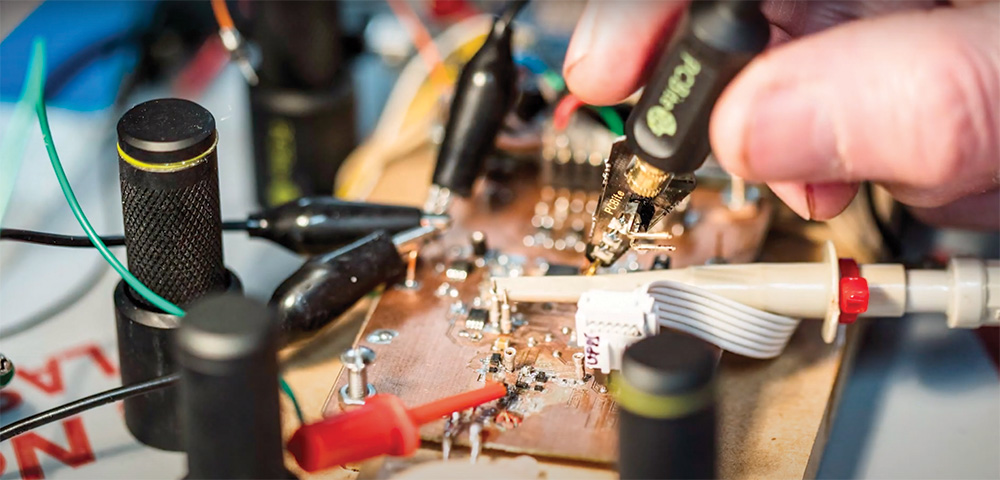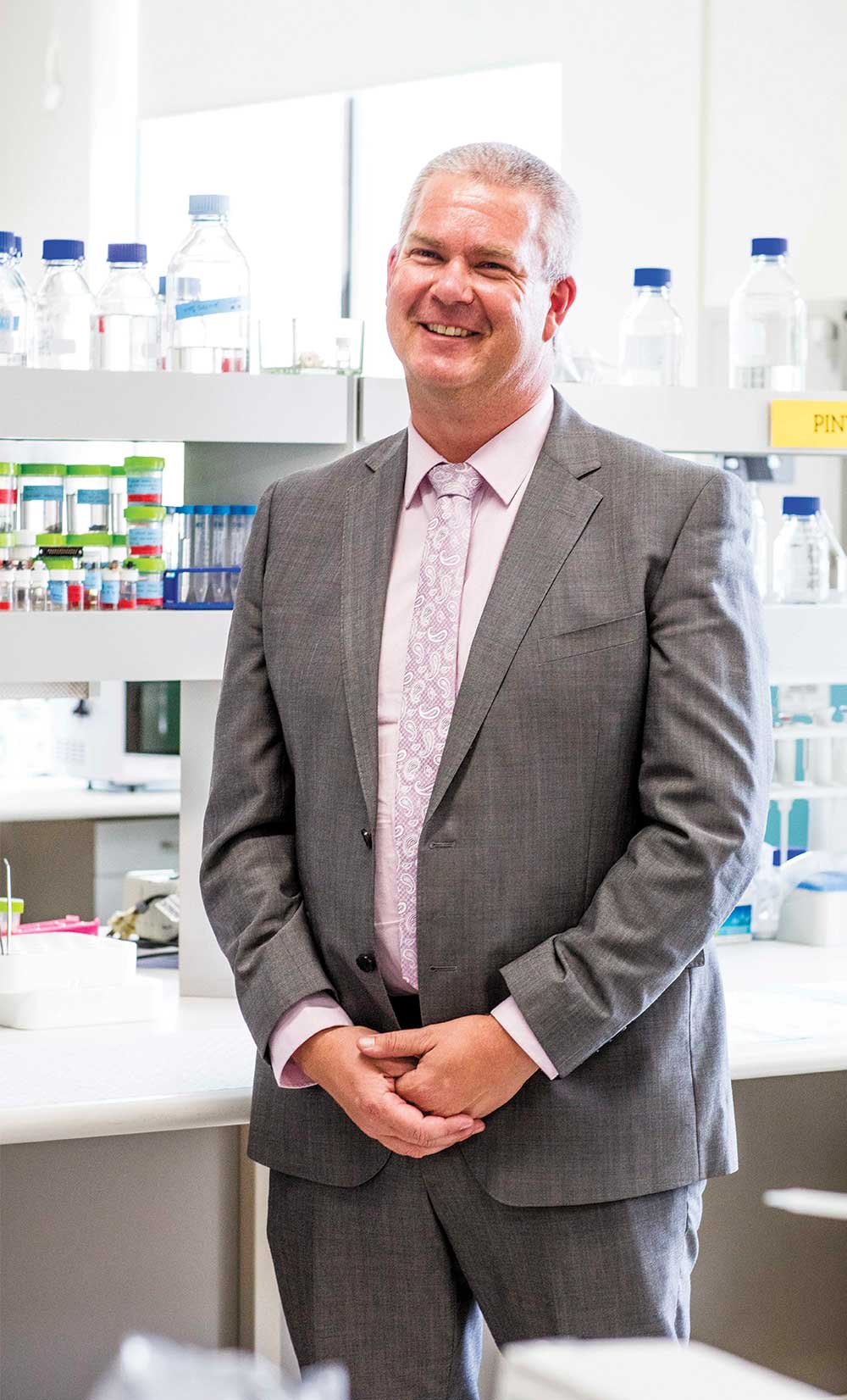A new joint venture manufactures prototype medical devices in Australia to pave the path from research to reality.
Just as Melbourne’s Bionics Institute (BI) was moving to the clinical trial stage of its cutting-edge implantable therapy for inflammatory bowel disease, the COVID-19 pandemic struck.
With no available onshore manufacturing that could create a small run of devices, the trial was delayed by 18 months.
“Which meant we actually missed getting our device into trial pre-COVID,” Associate Professor James Fallon, Research Director at BI, and leader of its work on the program, told create.
“We’re still awaiting a trial in the next few months because everything was shut down from COVID.”

The device has been supported by the US Defense Advanced Research Projects Agency (DARPA), and BI is part of an international team that includes the Florey Institute, the University of Melbourne and Austin Health.
The technology being developed is an “electric medicine” alternative to drug therapies. It stimulates the vagus nerve — which links the brain to various organs — through an electrode array to control gut swelling.
“We ended up having to engage a US-based firm to basically take our preclinical design and turn it into a clinical design — which looks identical to our preclinical design, but is now done under the appropriate ISO standards,” Fallon said.
One answer to such roadblocks encountered by in-human trials is the Neo-Bionica facility, a joint venture between the Bionics Institute and the University of Melbourne based at St Vincent’s Hospital.
It is hoped the centre will enable at least 20 to 30 new medical devices to move from research to clinic over a decade.
Billed as “Australia’s first medical device development and manufacturing facility”, Neo-Bionica opened in July.
In the lead-up to its launch, it was commissioning its cleanrooms and recruiting electronic and mechanical engineers, as well as seeking $25 million in support to pay for staff and equipment.

Collaborative outlook
Fallon’s work at BI began with cochlear implants before he broadened his scope.
It has included two generations of work on a bionic eye, deep brain stimulation to treat Parkinson’s disease, and the vagus nerve project.
“My tagline at the moment is basically ‘happy to put an electrode or a cord somewhere if it will help someone,’” he said wryly.
Fallon describes his teams as highly multidisciplinary; they include engineers, scientists and clinicians.
A lot of his time is spent in between the three categories.
“Talking to clinicians, translating that into something the engineers can deal with, and translating those engineers into something the scientists can deal with,” is how he explains his role.
“Developing that team so that when a clinician has an idea about a problem that they’ve got that they’d like solved, we can rapidly turn that into something they can play with, feel, test and see how it goes.”
Getting the results of these team efforts on the path to clinical and commercial reality will be boosted through the new lab, he believes.
“We’re never talking about scale production here at this stage. Neo-Bionica is not designed for manufacturing 2000 devices,” Fallon explained.
“It’s the first dozen or 20 devices to do that first in-human clinical trial, demonstrate the efficacy and the safety of the device. And that’s where there’s a big value gain for that project.”
Starting with sound

Fallon joined the Bionics Institute as a researcher in 2004, after earning a PhD in biomedical engineering from Monash University.
The institute has about 70 full-time equivalent staff, with campuses at East Melbourne and St Vincent’s Hospital.
It was founded in 1986 as the Bionic Ear Institute by Professor Graeme Clark, inventor of one of the great Australian medical technology achievements, the cochlear implant, of which more than 600,000 have been manufactured so far.
The institute’s scope has grown over the years, reflected in 2011, when it was given its current name.



